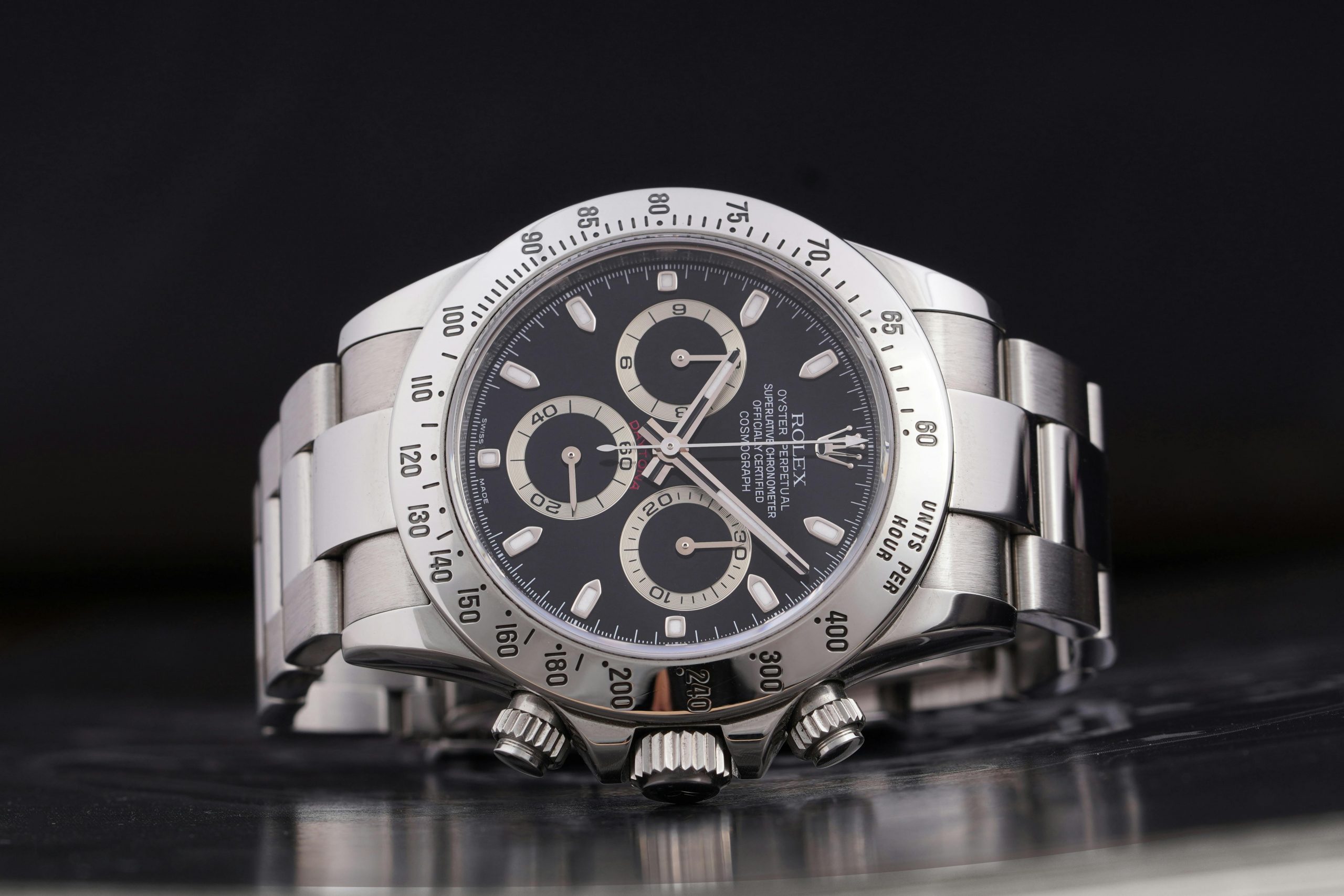![]()
BrandOps Consultancy
![]()
BrandOps Consultancy

Most brands don’t fall apart in one dramatic moment. They unravel in tiny, unexamined signals scattered across their ecosystem: a headline that hints at the wrong emotion, an image that pulls toward the wrong category, a UI label that quietly contradicts the positioning. None of these mistakes feel fatal in isolation. Together, they create drift. And drift always shows up as lost trust, weaker recall and friction in your funnel.
Semiotics is the hidden layer that makes sense of all this. It reveals the meaning your brand is actually creating, not just the message you intended to send. This isn’t academic fluff. It’s a practical lens for operators who want their brand to behave consistently, scale without distortion, and deliver commercial clarity across every channel.
If BrandOps is about running the brand system with precision, then semiotics is how you see what that system is really saying.
Most marketing departments focus on messages. Semiotics looks at meaning. What something communicates, not just what it says. It helps you decode why one execution performs and another quietly underperforms, even though both “follow the guidelines”.
Meaning is built from signals. Colours, imagery, type, layout, headlines, captions, naming, tone, behaviours. Every touchpoint is a sign. Every sign carries intention and interpretation. Semiotics simply helps you see the gap between the two.
That gap is where drift lives.
You don’t need a PhD to apply semiotics inside your brand operation. You just need to understand the fundamentals and start viewing your executions with a sharper lens.
Denotation is what something literally shows.
Connotation is what it suggests.
A photo of someone running denotes exercise.
But it might connote stress, struggle, or freedom depending on the framing.
Brand drift often hides entirely in connotation. The execution looks fine at first glance, yet it quietly sends people in the wrong emotional direction.
Every brand asset is built from smaller meaning cues. Semiotics just helps you see what each cue is doing.

This is the literal layer. An icon shows the thing.
A product photo. A real person using the service. A screen capture.
Icons tighten clarity because the meaning is explicit.

This is the hinting layer. An index points toward something without showing it outright.
Footprints implying movement. A spotlight implying focus. Morning light implying routine.
Indexes shape mood and intention.

Symbols are the cultural shorthand baked into an asset.
A flame for energy. A crown for mastery. A lock for security.
A symbol doesn’t stand alone; it’s an element that intentionally signals a bigger idea the audience is expected to recognise.
Most assets contain all three sign types at once.
A photo can be iconic, the composition indexical, the headline symbolic.
The job is to understand which layer dominates, and whether that dominance reinforces or distorts the meaning your brand is trying to create.
If you’re promising precision but most of your executions lean on symbolic cues, the brand starts to feel vague. If you’re selling emotion and aspiration but everything is purely iconic, the work feels flat and transactional.
Semiotics helps you see when the meaning your assets create doesn’t match the meaning your positioning demands.
Images don’t tell stable stories on their own. Headlines and captions act as an anchor that fixes meaning. Without anchorage, misinterpretation spikes.
Weak anchorage is one of the most common causes of brand inconsistency across channels and teams. It’s not a tone problem. It’s a meaning problem.
Semiotics helps you untangle the codes you’re working with:
Balance is everything. Too much category code and you look generic. Too much brand code and you become unrecognisable. Too much cultural noise and you look confused.
Every brand leans into a deeper story: mastery, rebellion, safety, transformation, progress, belonging. If your executions trigger a different myth to the one you stand for, performance drops. People feel the mismatch even if they can’t articulate it.
Polysemy simply means “easy to interpret in more than one way”. High-polysemy assets are a nightmare for consistent brand operations because every team, agency, freelancer or algorithm can read them differently.
Email headers. Hero images. Product UI labels. These are the hotspots where polysemy quietly undermines performance.
BrandOps is about the discipline of how a brand is run. Not the strategy deck. Not the design system. The operational reality. Semiotics strengthens that discipline by giving you a way to evaluate how your brand is understood across:
It gives you a shared language to spot breakdowns early. It helps you decode the root cause of misalignment. It gives founders and operators a clearer view of what their brand is actually doing in the wild.
Semiotics enables consistency. BrandOps enforces consistency. Together, they create performance.
You don’t need a new department. You need a more structured way to look at the brand you’ve already built.
Start with this checklist for any asset:
This is how you build a brand that performs, not just one that looks good in a pitch deck.
Here’s the moment where most teams realise they need something more structured.
If you’re starting to suspect there’s drift in your brand, or your executions look “fine” but aren’t landing, a semiotics-led review reveals the truth fast.
This is exactly why we built the Brand Signal Scan. It’s a focused diagnostic that reviews how your brand shows up across channels, reads every asset through both brand and semiotic lenses, and highlights where your meaning is leaking, and what to fix first.
It’s designed for founders and operators who want clarity, alignment and commercial performance, not another strategy deck gathering dust.
If you want your brand to say what you think it says, the Scan is the place to start.